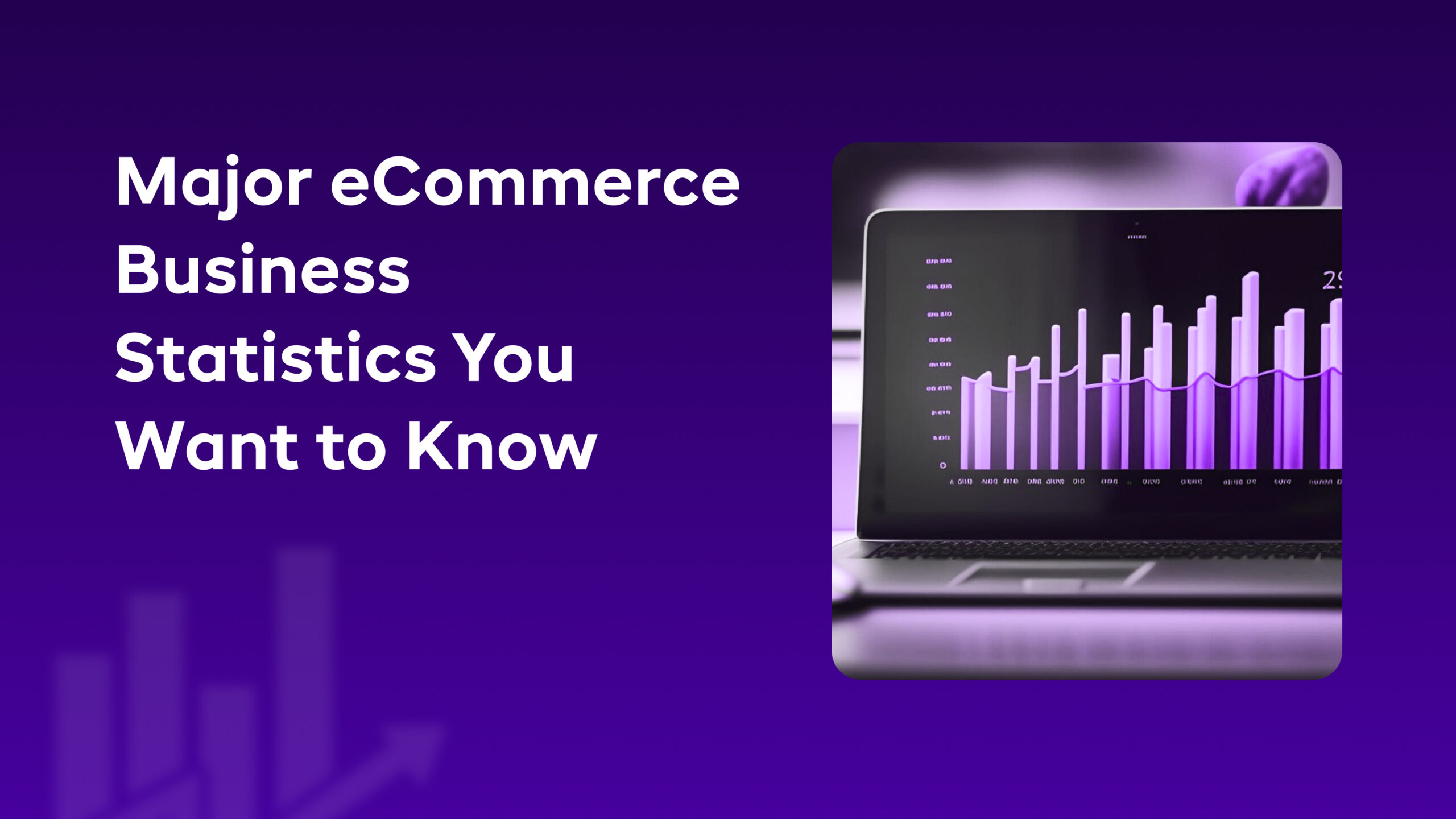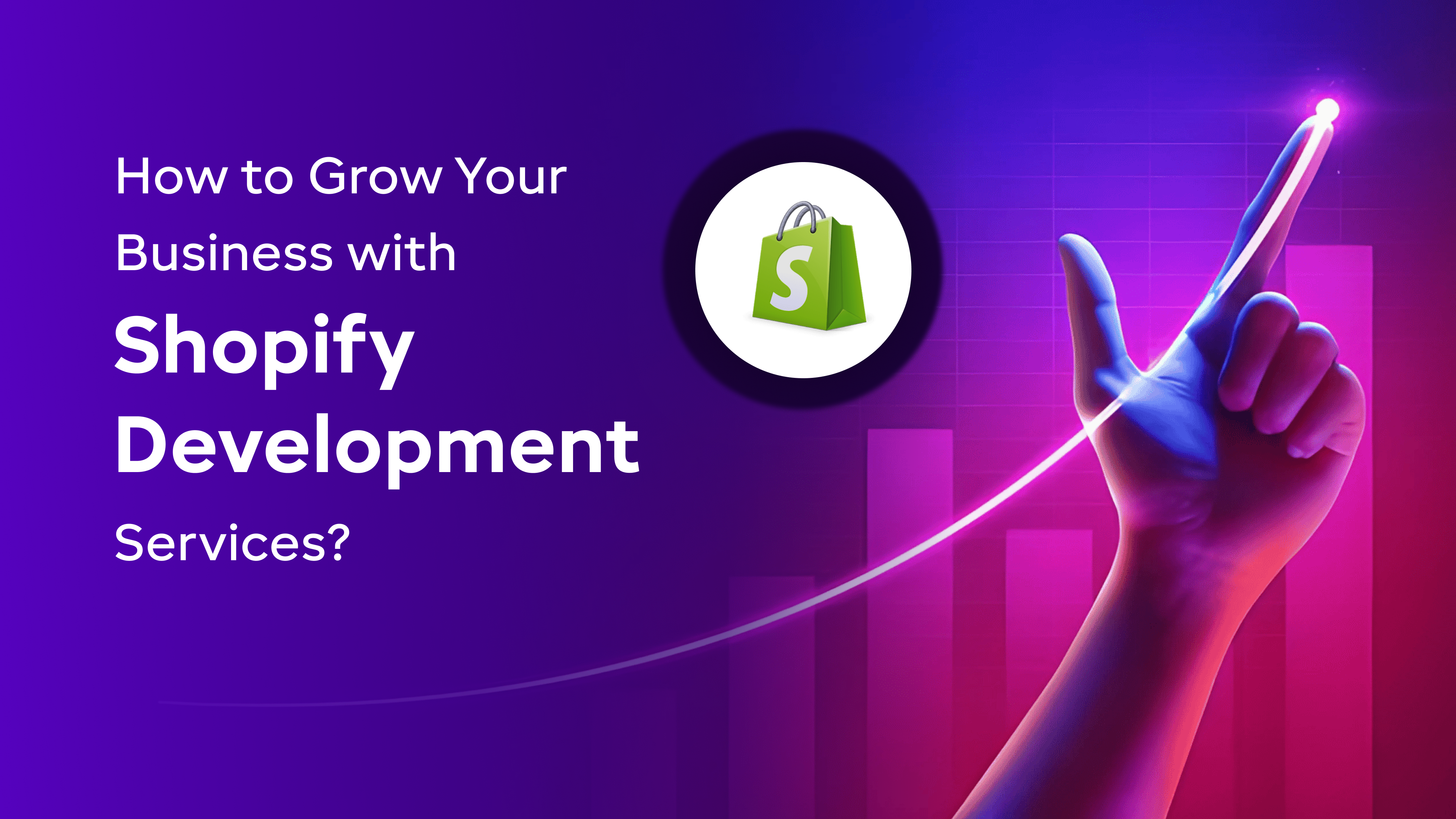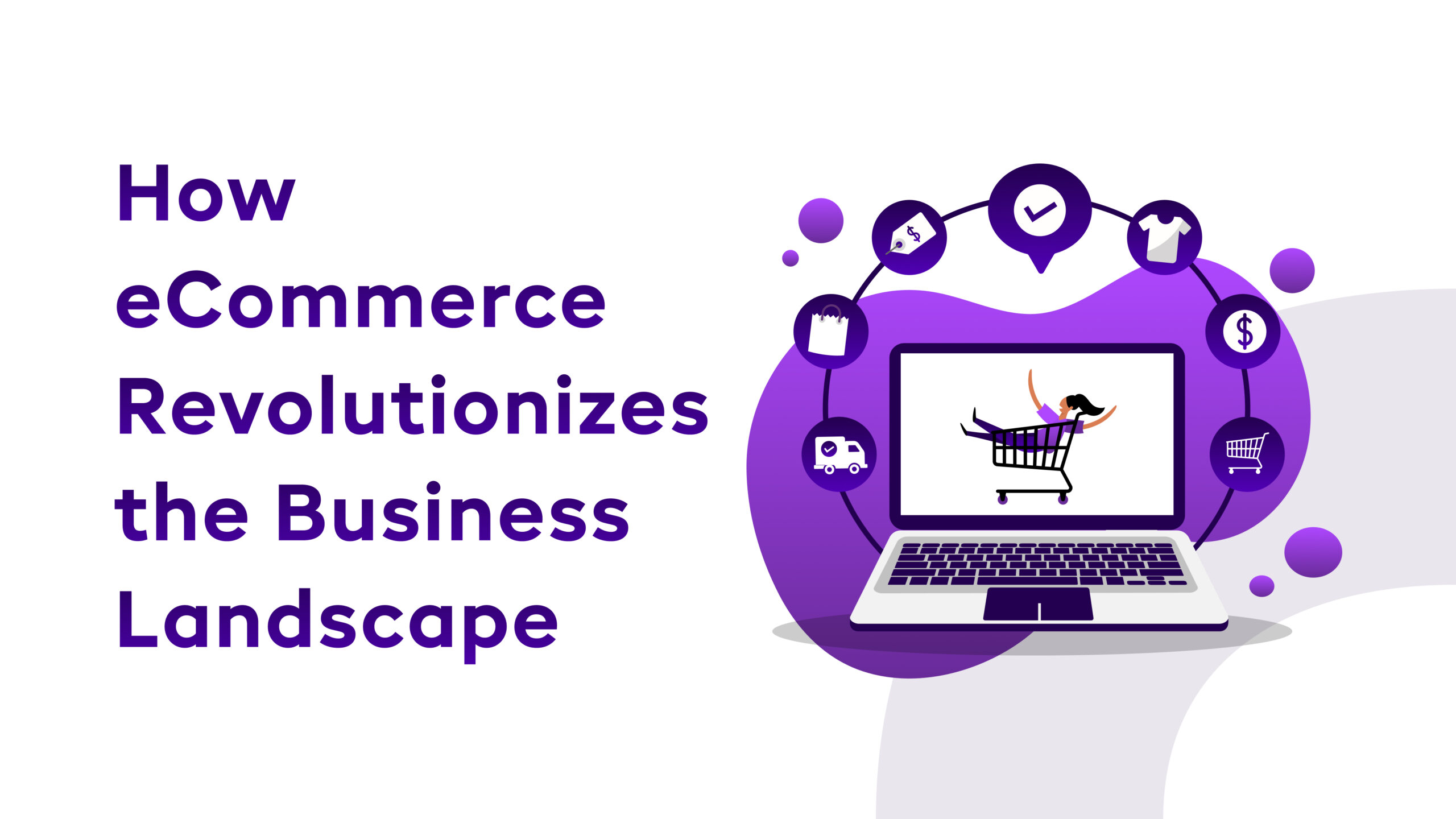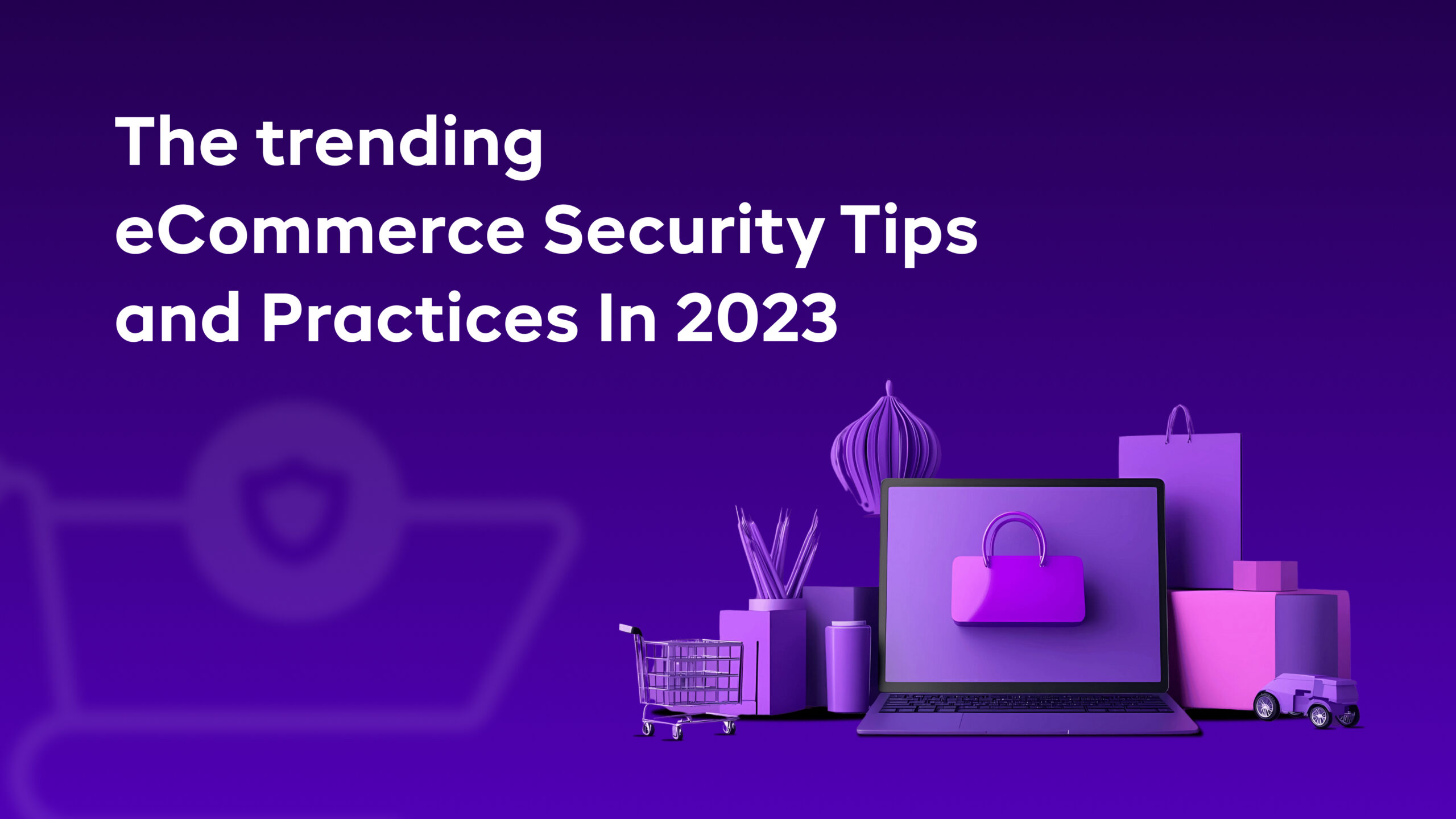Major eCommerce Business Statistics You Want to Know
Published on September 14th 2022

Summery
The growth of e-commerce has recently exploded, especially in the clothing and beauty sectors, which are seeing double-digit growth. This process will not slow down. As the figures below show, the global e-commerce industry continues to grow at a healthy pace and is supported by a number of factors including capacity, increasing the number of customers, and improving the infrastructure. Today, going global is not a strategy, but a necessity for success.
As we said, eCommerce industry will quickly respond to fast year. This is proof -
- In 2021, over 2.14 billion worth online. (Statista.com)
- Global online retail sales are forecast to grow to US$4.8 billion in 2021, from US$2.8 billion in 2018.
- By 2023, e-commerce will account for approximately 22% of the global retail market. E-commerce accounts for approximately 8.1% of total commerce in North America.
- Amazon is the largest e-commerce company in the United States.
- India is the fastest growing country in the eCommerce industry during the period 2019-2023.
How important is eCommerce Business?
As we move into the next decade, businesses must embrace new changes and prepare for the latest e-commerce trends happening in the business world. As digitalization affects every nook and cranny of the world, brands, and marketers need to be flexible and adaptable to succeed online.
Today, e-commerce is dramatically changing the traditional shopping experience. The line between physical and digital commerce is blurring. Today, consumers, companies, and countries connect for business, education, work, and entertainment. E-commerce has become a part of everyday life. But why does this happen? And, how is e-commerce gaining popularity recently?
Want to start a project with us?
Empowering businesses to achieve greatness through strategic guidance and innovative solutions.
Advantages of Ecommerce Business:
Cost-effective Prices
It turns out that running an e-commerce business is cheaper than a traditional store. Unlike brick and mortar, you don't have to worry about maintaining your traditional store. Essential items such as electricity and other utility bills, store fees, furniture, and fixtures are exempt from e-commerce. On the other hand, you need a website and a database to run your e-commerce business, which can be managed efficiently and at low cost.
Online Advertising is much more affordable and effective
Advertising on television is less efficient and known to be more expensive compared to internet advertising. Selling where your customers are is a new trend. With the number of internet users increasing day by day, online advertising has proven to be an effective way to market and sell your products and services. In addition, the return on investment of online advertising is much higher than that of traditional advertising. Plus, it's easy to track your ad spend and align it with your PPC goals and budget.
Broaden Your Business Reach
Today, you/your business can be in one country and sell your products in different countries using e-commerce websites.
If you want your business to reach a large audience, going online is the right choice. Actually, online selling is not seen as a business strategy, but it is essential for business. Also, at some point, you want to start your business. Opening a physical store requires looking at many things like your store location, customer reach, inventory, etc. On the other hand, an e-commerce website will increase your sales. This saves a lot of money. All you have to do is create a proper marketing plan to promote your product/service.
Ecommerce Business Revenue Models
Based on revenue, we have top four ecommerce business revenue models.
- Wholesaling and Warehousing
- Dropshipping
- White labeling
- Subscription
Wholesaling and Warehousing
In a wholesale and warehouse model, you buy items in bulk and store them in your warehouse. In this model, companies/entrepreneurs sell products in large volumes. Generally, B2B companies use this model. An important advantage of this retail model is that you get products at a lower price when you buy them in bulk. Also, your profit margin is high in this case.
Dropshipping
In dropshipping, you sell, ship, and ship items made by other retailers or businesses. In this case, you establish a business relationship with a seller or dealer who has the potential to sell the product of your choice. You have to put these products on your e-commerce website and sell them online while your salesperson or salesperson takes care of the order fulfillment.
White labeling
With a white label, you don't manufacture the product you sell. But, you have to get a licensed contractor who allows the product to be sold under your brand. In this case, you import goods. You will manage the shipping and fulfillment process. You need to follow and maintain the quality of the product, which can be difficult in this case. Although it is an additional service, you get the benefit of a higher profit margin.
Ecommerce Subscription Model
The subscription model of e-commerce allows the business to provide services (typically) to the end user on a regular basis for regular payments or fees. This model is not new. Companies that work in fashion, food and entertainment follow subscription models in their services.

About Author


